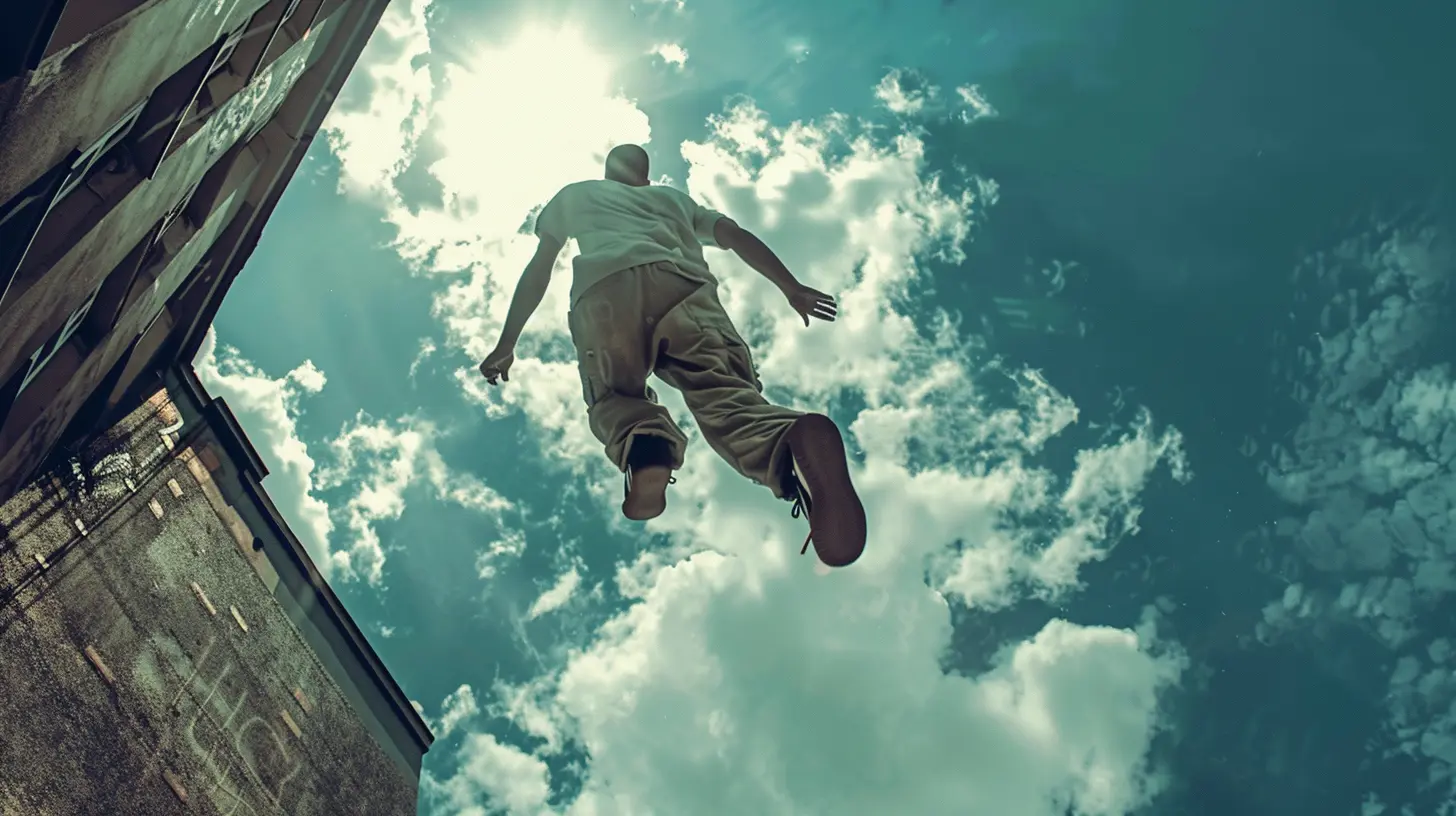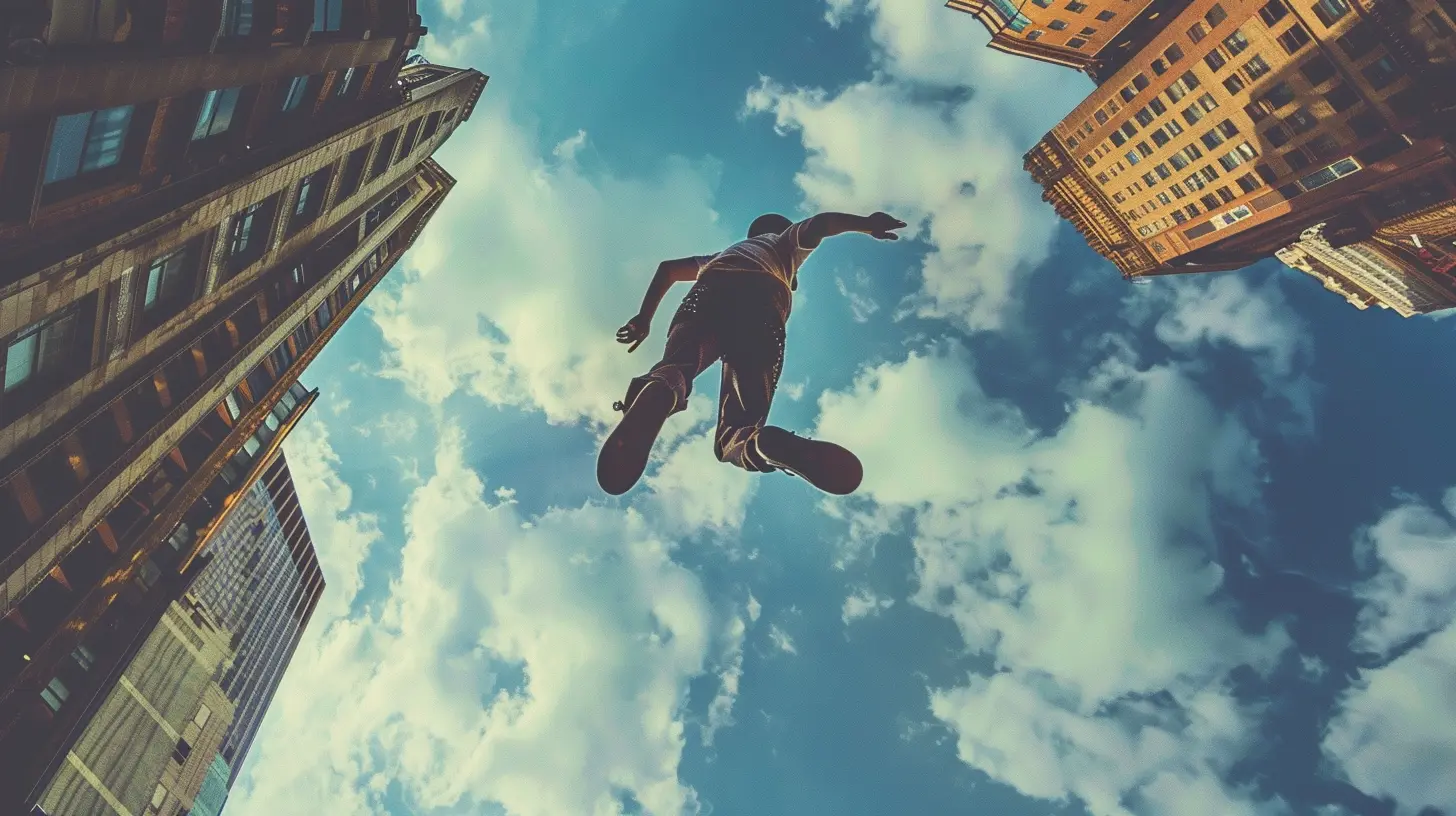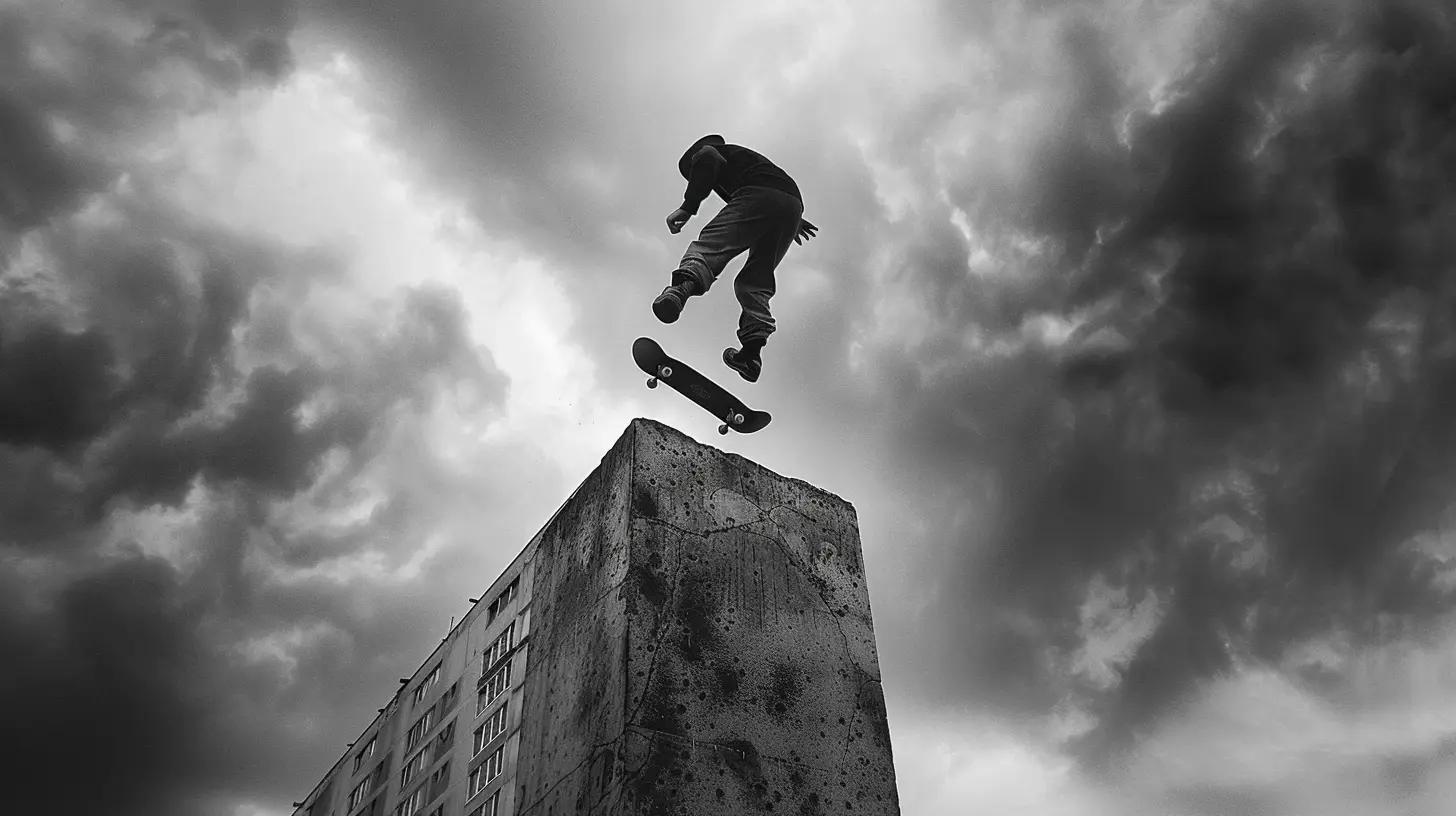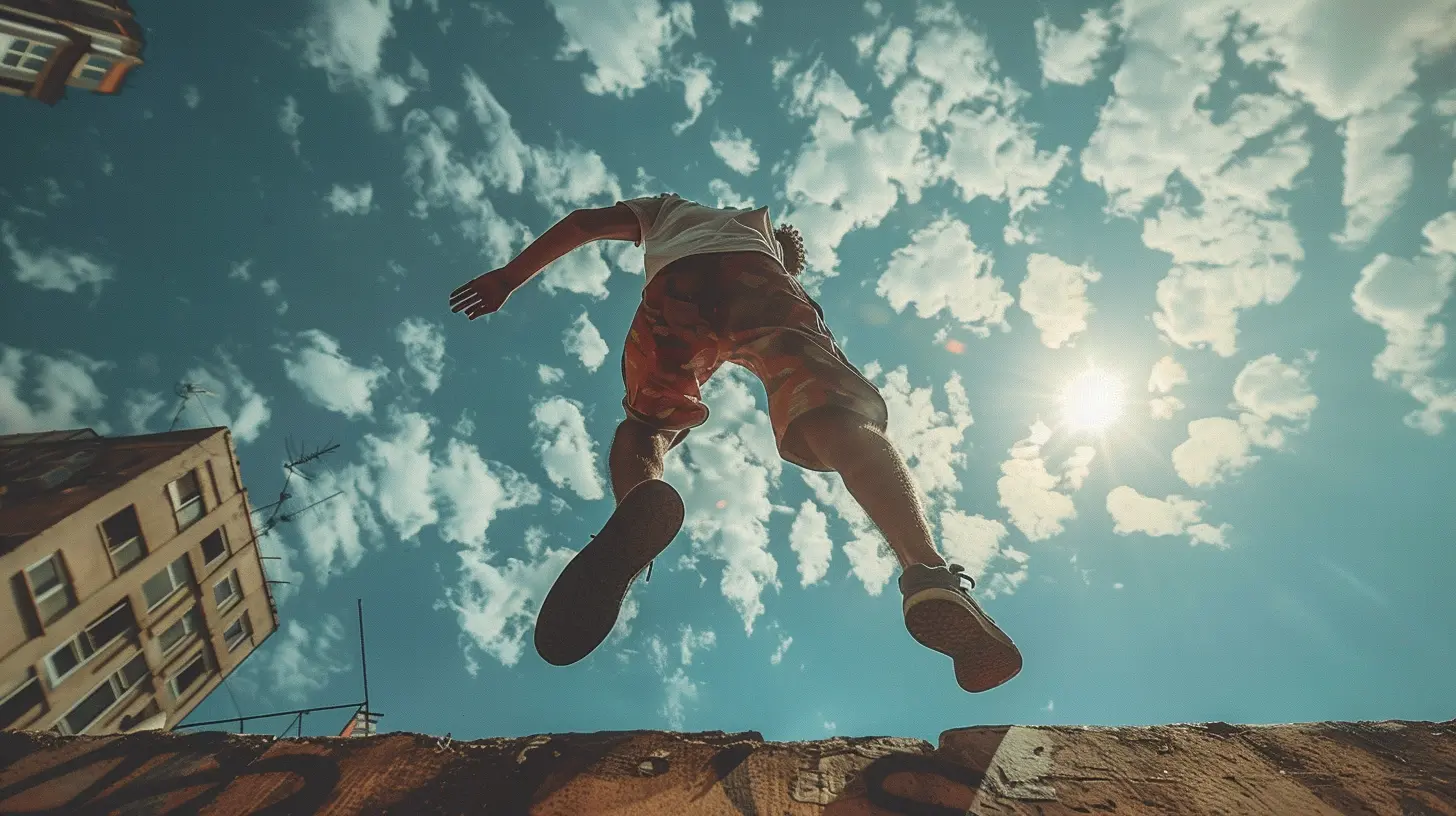Parkour: The Urban Sport That Redefines Limits
22 August 2025
Parkour—it's more than just a sport; it's a movement revolution. The art of navigating urban landscapes with precision, strength, and agility has taken the world by storm. It’s fast, it’s fearless, and it’s redefining what we think is possible. But what exactly is parkour, and why are so many people drawn to it? Let’s dive into the world of parkour, where the city becomes a playground and movement becomes an art form.

What Is Parkour?
Parkour, often called freerunning, is an extreme sport that focuses on movement efficiency. Practitioners, known as traceurs (for men) and traceuses (for women), use their bodies to overcome obstacles in their environment with speed and fluidity. Think of it as a mix between gymnastics and obstacle course racing—except the course isn’t built for you, it's the real world.Stairs, rails, walls, rooftops—everything becomes an opportunity to move creatively. Parkour isn’t just about jumping between buildings like in the movies (though some traceurs do take it to that level). At its core, it’s about mastering movement, building strength, and honing your control over your surroundings.

The Origins of Parkour
Parkour traces its roots back to the late 1980s in France. It was inspired by a military training method called “parcours du combattant” (obstacle course) developed by Georges Hébert. However, it was David Belle, alongside friends like Sébastien Foucan, who turned it into the discipline we know today.What started as a way to escape danger and navigate obstacles quickly evolved into a form of self-expression and athletic ability. Eventually, parkour spread across Europe and beyond, thanks to viral videos and high-energy action films. Today, it’s a global phenomenon, practiced by thousands in cities all over the world.

Why Parkour Is More Than Just a Sport
Mental Toughness
Parkour isn’t just about flipping off walls; it’s a test of mental strength. Every move requires confidence, decision-making, and the ability to push fear aside. When you’re standing on the edge of a ledge, about to leap, your mind battles hesitation. But once you land that jump, the rush of accomplishment is unbeatable.Physical Benefits
Parkour is one of the best full-body workouts out there. It builds:- Strength – You use your entire body to vault, climb, and land safely.
- Endurance – With non-stop movement, your stamina improves over time.
- Agility – You become more coordinated and learn to react quickly.
- Flexibility – Stretching and dynamic movements improve mobility.
Unlike hitting the gym, where workouts feel repetitive, every parkour session is different. No two jumps are ever the same, keeping both the body and mind engaged.
Creativity and Self-Expression
Parkour is like dancing with the city. Instead of following a rigid set of rules, traceurs create their own paths. The way someone moves reflects their personality—some are smooth and fluid, while others are powerful and explosive.It’s a sport that embraces creativity. There’s no single way to overcome an obstacle, which means parkour is always evolving.

Is Parkour Dangerous?
Let’s be honest—parkour can be risky. After all, it involves jumping, climbing, and balancing at heights. But injuries are no more common than in traditional sports like football or skateboarding.With proper training, safety precautions, and progression, most injuries are minor (think scrapes and bruises). Seasoned traceurs don’t take reckless risks. They train for months or even years before attempting extreme maneuvers.
Beginners start at ground level, mastering basics before advancing. Like any sport, safety comes down to preparation and mindset.
Essential Parkour Techniques
If you're thinking about trying parkour, it’s important to start with the basics. Here are some core moves every traceur should master:1. Precision Jumps
Jumping is fundamental in parkour. Precision jumps focus on landing accurately on small surfaces like rails or ledges. It’s all about control, not just distance.2. Vaults
Vaulting helps navigate obstacles quickly. Some common vaults include:- Monkey Vault – Hands on the obstacle, legs tucking underneath.
- Kong Vault – A more advanced version where you launch yourself over using both hands.
- Dash Vault – A stylish vault where the legs lead first, followed by the hands.
3. Wall Runs
Ever wanted to run up a wall like in ninja movies? Wall runs involve sprinting toward a surface and using a single powerful step to propel yourself upward. It’s an essential move for climbing higher obstacles.4. Rolls
Rolling is crucial for landing safely. Instead of absorbing impact with your legs and potentially injuring yourself, a well-executed roll dissipates force, allowing for smoother landings.5. Cat Grabs & Climbs
These moves help you scale walls efficiently. A cat grab is hanging onto a ledge with your feet pressed against the wall, allowing you to climb up easily.
How to Get Started in Parkour
1. Find Open Space
You don’t need a parkour gym to begin. Parks, schoolyards, and urban spaces provide plenty of obstacles. Just ensure it's a safe environment without too many risks.2. Master the Fundamentals
Start with low-impact movements: jumps, vaults, and rolls. Work on strength and flexibility to prevent injuries.3. Train with Others
Joining a parkour community can accelerate your learning. There are local parkour groups in many cities, and you can also find tutorials online to guide your progress.4. Prioritize Safety
Never attempt dangerous moves without proper training. Progress slowly and listen to your body to avoid unnecessary injuries.Parkour in Popular Culture
If you’ve ever watched an action movie with jaw-dropping chase scenes, chances are you’ve seen parkour in action. Movies like "Casino Royale", "District B13", and "Assassin’s Creed" have showcased the sport’s dynamic movement.Even video games like Mirror’s Edge and Dying Light emphasize parkour mechanics, proving its influence beyond just real-world athletics.
The Future of Parkour
Parkour isn’t just a passing trend; it’s here to stay. As more cities embrace urban fitness, dedicated parkour parks are popping up. Some even argue that it could become a mainstream competitive sport, potentially making its way to events like the Olympics.With social media, the sport continues evolving. Athletes push boundaries with new tricks while inspiring future generations. The beauty of parkour is its accessibility—anyone, anywhere, can start, no fancy equipment needed.
Final Thoughts
Parkour isn’t just about flipping off rooftops or making daring jumps—it’s about breaking barriers, both physical and mental. It teaches resilience, creativity, and confidence in ways no other sport can.So, the next time you see a rail, a wall, or a set of stairs—ask yourself: Is this an obstacle, or is it an opportunity? Because for those who practice parkour, the world is truly limitless.
all images in this post were generated using AI tools
Category:
Extreme SportsAuthor:

Uziel Franco
Discussion
rate this article
1 comments
Mallory Wagner
Parkour is truly inspiring! It shows us that with determination and creativity, we can overcome obstacles—both in sport and in life. Embracing movement and pushing boundaries not only redefines physical limits but also empowers us to break through personal barriers.
September 9, 2025 at 2:27 AM

Uziel Franco
Thank you for your insightful comment! I couldn't agree more—parkour truly embodies the spirit of resilience and creativity in overcoming both physical and personal challenges.
![The Anatomy of a Superstar: Breaking Down [Player Name]s Game](/pictures/blog/small/the-anatomy-of-a-superstar-breaking-down-player-names-game_3.webp)

![Breaking Records and Barriers: [Player Name]s Historic Season](/pictures/blog/small/breaking-records-and-barriers-player-names-historic-season_3.webp)